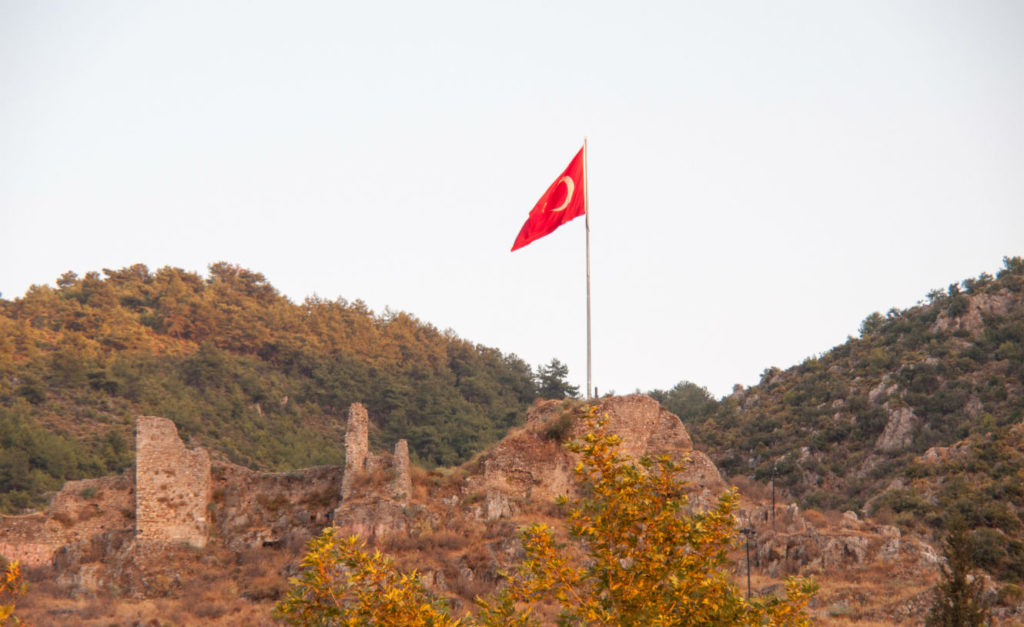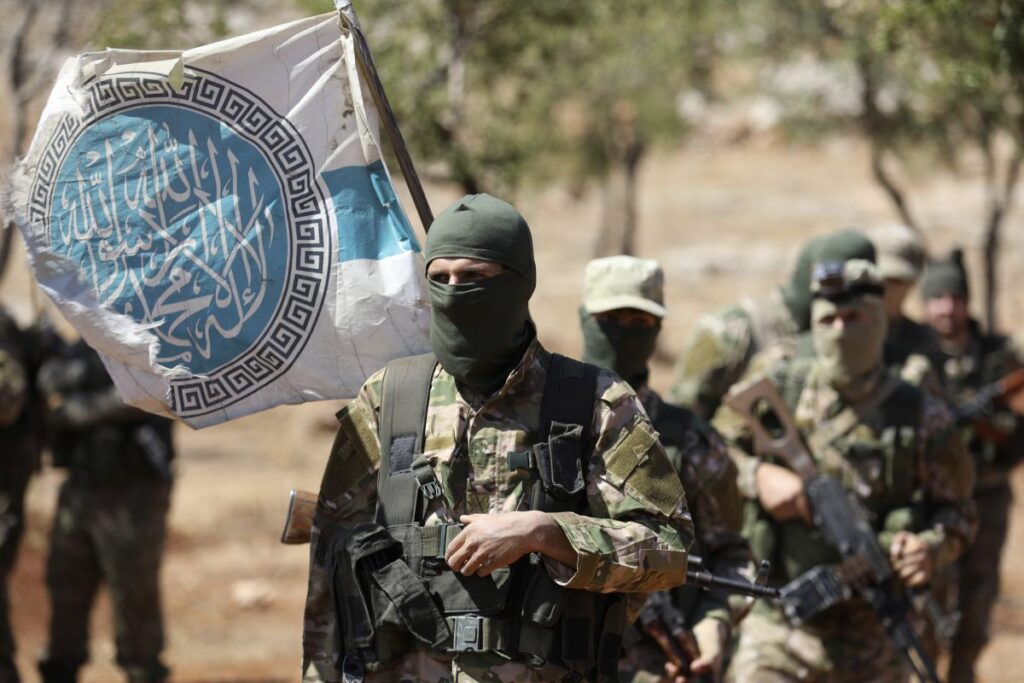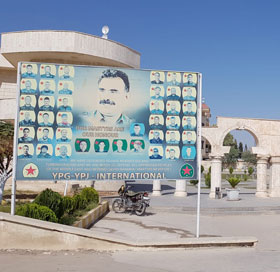CEP – KAS: Sahel Monitoring October 2023

The eleventh monthly report monitoring the activities of al-Qaeda and Islamic State branches throughout the Sahel will focus on the propaganda output of these groups in October 2023. This October, the propaganda outlets linked to these terror groups published the highest number of claims since the Counter Extremism Project (CEP) began monitoring them in December 2022. During October, 87 incidents in total have been claimed by the Islamic State’s affiliates ISGS and ISWAP and by az-Zallaqa Media, which publishes all claims by al-Qaeda’s branch JNIM. This steep increase of claims came unexpectedly, especially as the number of incidents claimed by these groups had remained stable in the previous months. With this sudden surge, October constitutes the deadliest month in the wider region since CEP started monitoring.







